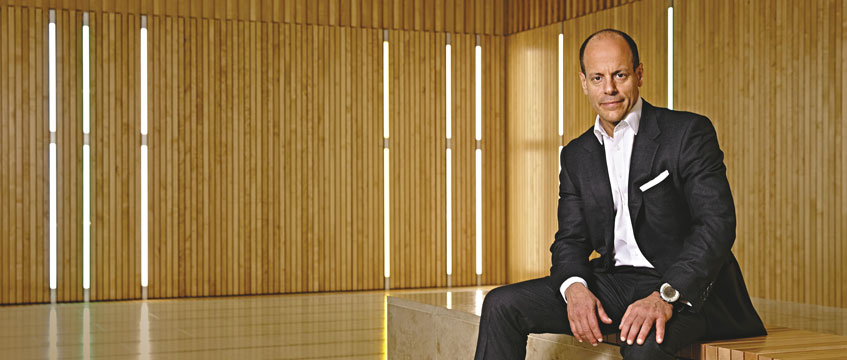While there continues to be substantial demand for offices as investments, the occupational market has been weak, particularly in the City and the M3/M4 corridor. This apparent inconsistency has been commented on in this column before, and was highlighted by Mike Slade of Helical Bar two weeks ago.
While the financial buyers of offices are not over-concerned with the outlook for rents in the short to medium term, perhaps they should be looking at what might happen in 10 years’ time, when the occupational leases on which they have made their purchases are looking a little short.
Some City office properties are now seeking tenants at rents no higher than they were more than 20 years ago. More recently, in the late 1980s office boom, the peak rent was reputed to be achieved by a building on the corner of Cornhill and Gracechurch Street, let to Halifax at £67.50 per sq ft. That is certainly above present rents for Grade A space.
The problem is partly that what was Grade A 20 or 10 years ago may no longer meet tenant demands in layout or facilities. At the end of leases, the landlord often is obliged to carry out a substantial refurbishment, only partly financed by the dilapidations paid by the exiting tenant. At worst, the building has to be demolished and a new one erected in its place.
Depreciation disregarded
This is an old argument, and some valuers were recommending as long ago as the early 1980s that a depreciation element should be inserted into the yields of offices. They were ignored, on the basis that values were rising so sharply that this was simply not necessary. Of course, what was rising was the land value, or the net present value of the stream of income, not the bricks and mortar itself.
The relatively short life of an office block has been demonstrated in a very vivid way in my own working life. Both the postwar buildings in which I started work at Kleinwort Benson were demolished and replaced in the 1980s.
How do investors estimate the likely growth rate of office rents? The CB Richard Ellis (formerly CB Hillier Parker) rent indices have been around for many years now, and offer some assistance. However, they are designed to indicate the market rent for Grade A space in an office centre, not the rent that would have been achieved on a specific building.
Landlords cannot, unfortunately, switch investments midstream if the building they own ceases to be the top space in a city. They are lumbered with their previous decision.
Cost calculation
The only real guide is whether it is economic to build anew. This is a combination of land value and building cost against the prevailing rent. Unfortunately, if you are the owner of a building of such age that it might be impossible to let it at any sensible rent, you have to see the land value as a sunk cost.
The most extreme example of this was Tokyo in the 1980s and 1990s. The land cost for most landlords was minute, and lost in the mists of history. Consequently, the benefit of building a new skyscraper and achieving rents based on the much higher current land values was enormous. The result was a continuing stream of office developments even when the economy was in decline. Rents fell steadily through the 1990s to reflect the excess supply.
In most cities in the UK, the supply of new speculative development has already been curtailed. But it is far too soon to expect a rapid recovery in rents.
The worst in office redundancies may be over. That at least is a start. Investors in rack-rented offices have faced the worst returns of the three major investment areas, against shops and industrials, over the last two years.
Offices are highly cyclical investments and there have been several occasions when buying office investments has been a wonderful tactical ploy. I suspect it will be again, and some very shrewd investors have started bottom fishing. My conclusion is that office investments, unlike dogs, are for trading, not for life.










